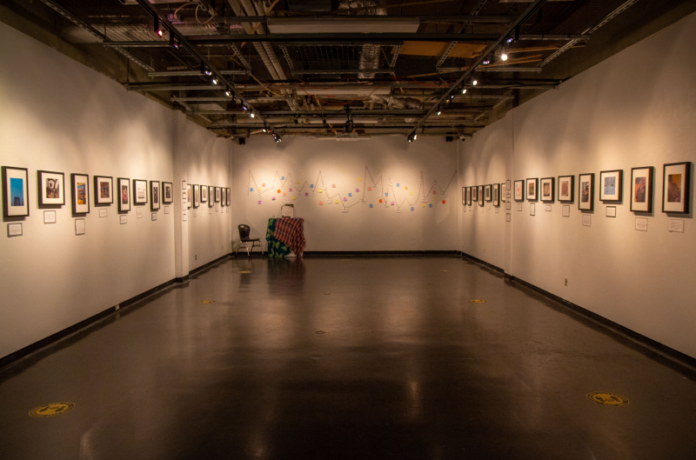As newcomers, settling in Canada can welcome exhilarating experiences, as well as unforgettable challenges that pave new roadways for life’s many lessons. “Images of Newcoming”, a photovoice project led by researcher Brianna Strumm and the people working at Adult Education and the School of Social Work and Human Resources, seeks to encapsulate these intricate moments in ways that can be understood by all.
“I’d say a year or so, we’ve been working on doing this research,” Strumm said while recounting her memories of the process. “It’s essentially a photovoice project, that’s the type of research we were conducting to highlight and share the experiences of newcomer women to Canada. So the women were asked to take photos of their experiences of belonging and exclusion. So what does it mean to them, or how have they experienced belonging in Canada? And then the flip side of that is what are their experiences of exclusion in Canada?”
“And they brought those photos to our photovoice workshops, where we discussed the meaning behind the photos for each of the participants. They were there to discuss with each other the meaning behind the photos, and so we had five groups of women participate in the project, and about 30 to 40 women who participated all across the Lower Mainland. We had some workshops here in Abbotsford, we had some in Surrey, we had some in Burnaby.”
The art exhibition, which can be viewed at the S’eliyemetaxwtexw Art Gallery all through September and early October, illustrates the intimate stories of these women and the moments which defined their place of being in Canada.
For some participants, adversity was a roadblock that challenged their sense of belonging. “For example, there is a photo of an empty hallway. And for one of the participants, this represented exclusion, not knowing her neighbours, her neighbours not saying hi to her, things like that. Another example of exclusion might be not being able to work in a field that you’ve trained, to having to retrain or go back to school.”
“On the other side, experiences of belonging are associated with maybe a language being spoken that they’re familiar with, or that is their language of origin. Eating food that is familiar or comforting to a participant was a feeling of belonging… being with family, making a contribution. So being a volunteer, that created a sense of belonging.”
When asked if there was anything Strumm had learned from working on this project, she responded with, “So much, really — it’s twofold, right? For me, it’s about learning about how we reduce practices of exclusion and barriers for newcomers, and the ways in which those show up and how we need to do better as a society. And on the flip side, the strength and the resilience of the women and the participants we met, of how and where and why they feel belonging, of getting a job or going back to school.”
“It’s amazing to see and just learn from both sides of their experience. It’s a testament to perseverance for a lot of the women in terms of their pathways to belonging.”


